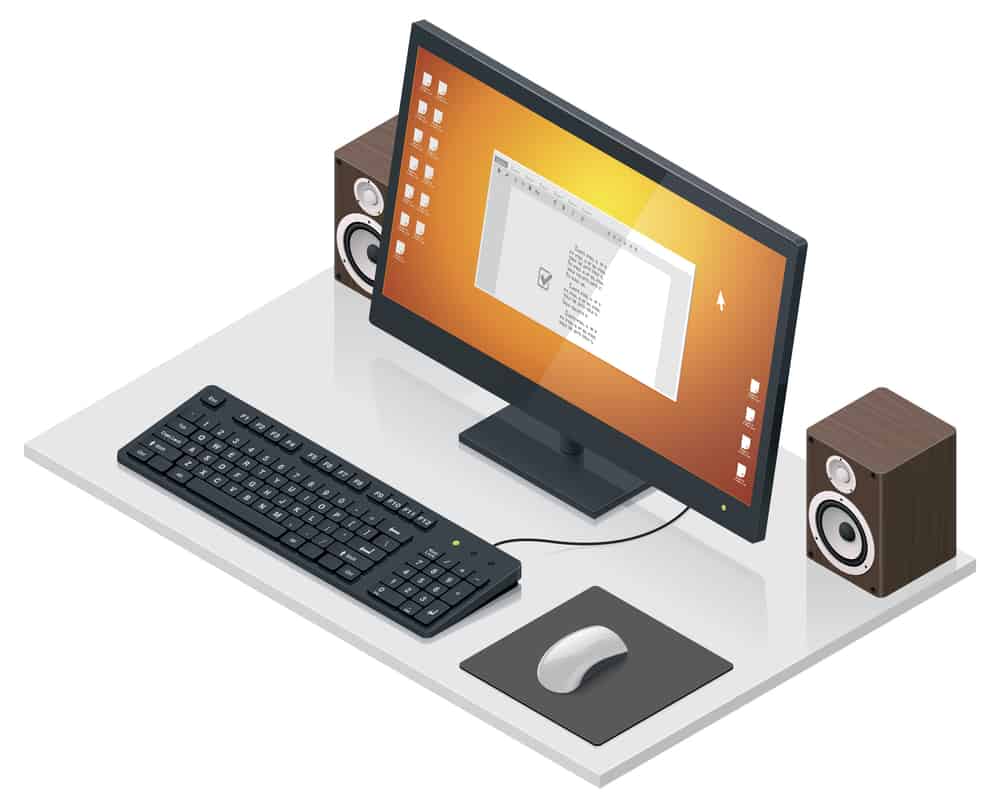Setting up 5.1 surround sound on Windows 10 doesn’t need to be a hassle. While more modern technologies are targeting the home cinema world these days, many applications are still stuck on stereo output by default. So when you go to set up your new 5.1 surround sound system, only to realize that it does not work, it can be confusing, especially if you run Windows 10, which is known to have some incompatibilities with these systems.
On the other hand, if set correctly, the system will add to the cinema feeling with plenty of new sounds, a top-notch atmosphere, and lots of effects. The same rule applies if you are into games – you can turn around and spot enemies based on nothing but the sound. The bad news is that Windows 10 can mislead you and have you set the system wrongly.
So, how do you set up 5.1 surround sound on PC Windows 10, and what kind of problems can you experience? Here’s 5 things you can try:
1. Update The Sound Card Driver
While not always necessary, updating your sound card driver can prevent many unwanted problems. Here are the steps to do it by the book:
- Right-click on the menu icon the hit Device Manager – one of the top options in the new menu.
- Go to the sound, video, and game controllers option. It will expand with even more options.
- Find the sound card associated with the new 5.1 speakers. Click it, then go to its properties from a new menu.
- Find the driver tab and click on it.
- Click to update the driver. In the new menu, choose the option to search automatically for updated driver software.
- Windows will find the driver and install it.
There is a different way to do it. You can go to the manufacturer’s website and find the latest version. Download it, run it, and install it – pretty straightforward. However, the first option does everything for you, so it is much more comfortable.
No matter which option you choose, you will have to reboot your computer.

2. Configure 5.1 surround sound on Windows 10
The configuration is just as simple and involves following a few steps. Make sure the 5.1 surround sound system is already installed and hooked in.
- Right-click on the volume button in the tray, then go to sounds.
- Go to the playback tab – it is often the first one and selected by default.
- You will see a list of devices. Choose 5.1 surround sound, then press the button to set the default at the bottom of the window.
- Click the configure button on the left side, and a new window will open.
- See audio channels on the left. It is a list – choose 5.1 surrounds.
- Go next – a customization window will follow up.
- If you have all the speakers – including the subwoofer, check all the boxes. Otherwise, leave the ones you do not have unchecked. This way, according to this article from Appuals, the sound associated with them will be transferred to other channels, only to prevent you from missing any audio.
- Go next, and you will be asked to select full-range speakers. You will have to check the speakers with full range features.
- Click next one more time, and you will get to a screen telling you that the configuration is complete.
- Finish the process, and you are ready to go.
Now, what happens if the surround sound fails to work as you test it? Fortunately, there are a few fixes out there.

3. Enable Speaker Fill
The quality might be slightly altered as a result, but at least your 5.1 surround sound system will work.
- Press the Windows key and R simultaneously to open a run window. Type mmsys.cpl and hit enter. The sound properties will pop up.
- Hit the playback tab, select the 5.1 surround sound speakers like when you set the system up, then go to properties.
- One of the top tabs is an enhancement. Go there, and you will see a box to disable all sound effects. It is checked by default. You have to uncheck it.
- You will also see a list right under this option. Look for Speaker Fill in this list and check the box.
- Apply, reboot the computer, and try testing it again.
4. Change the audio format
Whether the previous method does not work or you cannot enable Dolby Direct Live, these steps can help you change the audio format and fix the issue.
- Go to the sound properties like in the first step above.
- Once in the playback tab, go to the speakers and hit properties.
- Find the advanced tab on top, and you will see a drop-down menu with the default format. Change the format to 24 bit, 96000 Hz (Studio Quality).
- Apply the changes and reboot your computer.
5. Uninstall the driver
Based on another article from Appuals, uninstalling, the driver will force the operating system to install it again and perhaps a newer version. However, this option is a bit out of the discussion if you update the driver upfront.
- Press the Windows key and X at the same time, then go to the device manager.
- Double click on audio inputs and outputs.
- You will see a list of install devices.
- Right-click each of them and uninstall them.
- Go to the Action tab, and you will find a button to scan for hardware changes.
- When you reboot, Windows will install the driver again by itself.
Conclusion
As a short conclusion, 5.1 systems can be a nightmare at times, especially on Windows 10, which is not compatible with most of them. Luckily, you can learn how to set up 5.1 surround sound on PC Windows 10 in no time.
If you experience any problems, the solutions above represent the most common fixes out there. Try one at a time and test the surround sound again before moving on to the next one.
Related Topic: Seven Simple Tips & Tricks On How To Make Portable Speakers Louder
